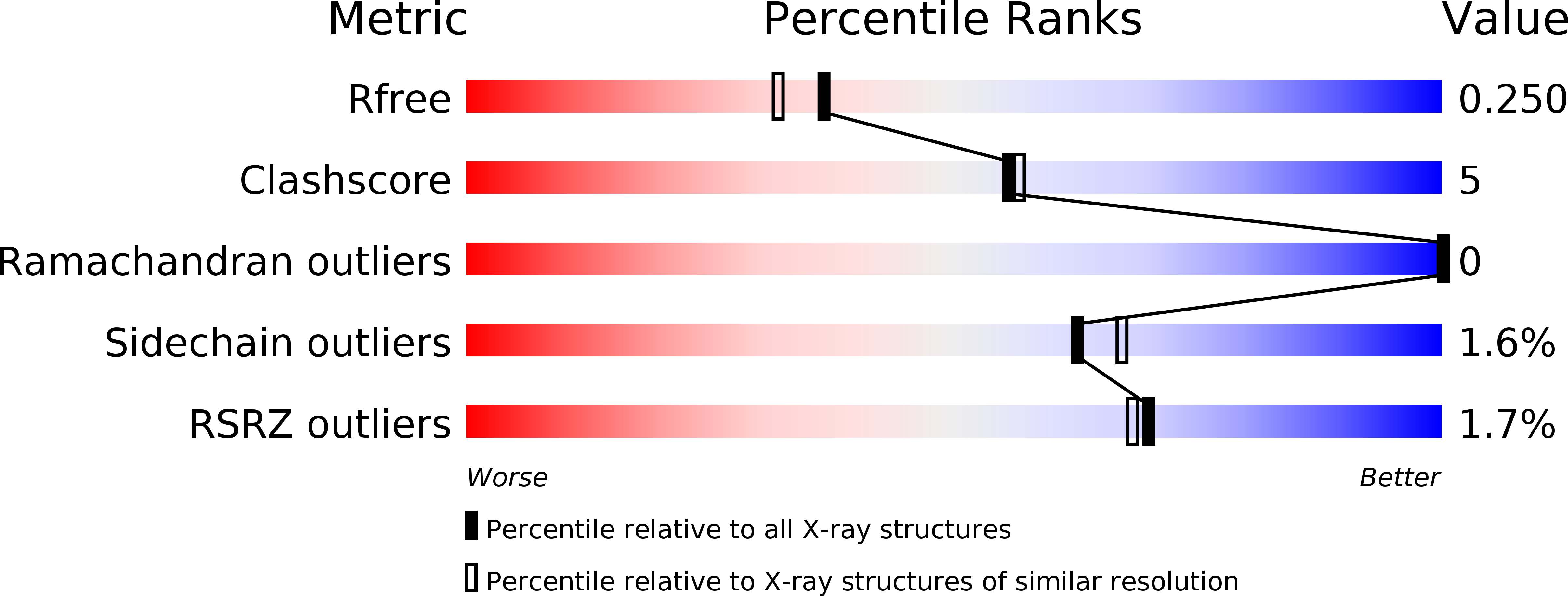
Deposition Date
2015-10-24
Release Date
2015-12-30
Last Version Date
2024-10-23
Entry Detail
PDB ID:
5EFQ
Keywords:
Title:
Crystal structure of human Cdk13/Cyclin K in complex with ADP-aluminum fluoride
Biological Source:
Source Organism:
Homo sapiens (Taxon ID: 9606)
Host Organism:
Method Details:
Experimental Method:
Resolution:
2.00 Å
R-Value Free:
0.24
R-Value Work:
0.19
R-Value Observed:
0.19
Space Group:
P 1


